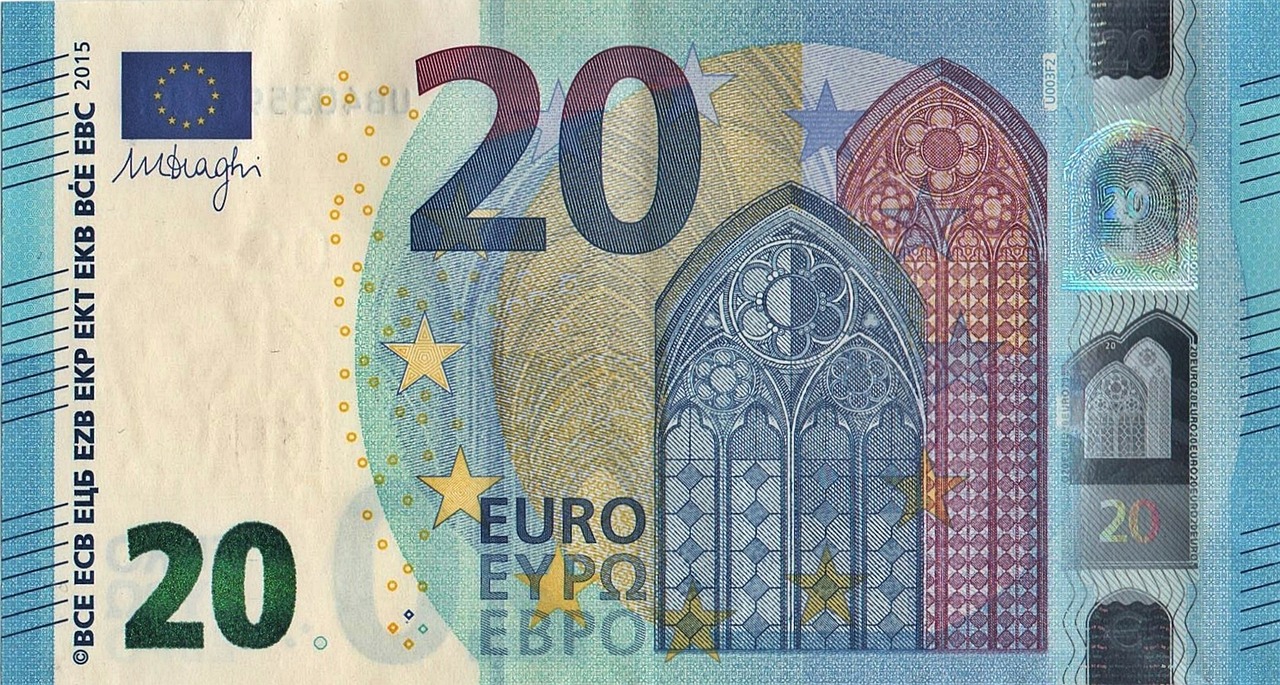How did Europe implement the Euro currency?
The implementation of the Euro currency in Europe was a gradual process that involved several stages and requirements. Here's a brief overview:
1. Maastricht Treaty (1992): The treaty established the European Union (EU) and laid the groundwork for the Euro. It set out the criteria for countries to join the eurozone, known as the Maastricht criteria.
2. European Monetary Institute (1994): The EMI was established to oversee the transition to the euro. It developed the necessary infrastructure, such as payment systems and currency exchange mechanisms.
3. Eurozone membership (1999): Eleven countries met the Maastricht criteria and joined the eurozone, adopting the euro as their official currency. These countries were: Austria, Belgium, Finland, France, Germany, Greece, Ireland, Italy, Luxembourg, the Netherlands, and Spain.
4. Euro introduction (2002): Euro banknotes and coins were introduced, replacing national currencies. The exchange rates were fixed, and the euro became the official currency of the eurozone.
5. National currency withdrawal (2002): National currencies were withdrawn from circulation, and the euro became the sole legal tender in the eurozone.
6. Expansion (2001-2015): More countries joined the eurozone, expanding its membership to 19 countries: Cyprus, the Czech Republic, Estonia, Hungary, Latvia, Lithuania, Malta, Poland, Slovakia, and Slovenia.
The European Central Bank (ECB) is responsible for managing the euro currency, setting monetary policy, and maintaining price stability within the eurozone. The ECB works closely with national central banks to ensure the smooth operation of the eurozone.
So what is the Maastricht criteria?
The Maastricht criteria, also known as the euro convergence criteria, are a set of guidelines that European Union member states must meet to join the Economic and Monetary Union (EMU) and adopt the euro as their official currency ¹ ². The criteria are based on Article 140 of the Treaty on the Functioning of the European Union and are as follows ²:
- Price stability: The inflation rate should not exceed the rate of the three best-performing member states by more than 1.5 percentage points.
- Sound and sustainable public finances: The government's budget deficit should not exceed 3% of GDP, and the debt-to-GDP ratio should not exceed 60% or be sufficiently diminishing and approaching the reference value at a satisfactory pace.
- Exchange rate stability: The currency's exchange rate should have been stable without severe tensions during the previous two years, and the country should have participated in the European Exchange Rate Mechanism (ERM) for at least two years.
- Long-term interest rates: The long-term interest rate should not exceed the rate of the three best-performing member states by more than 2 percentage points.
These criteria aim to ensure that a country's economy is stable and strong enough to join the eurozone and adopt the euro as its official currency.
References
1. https://economy-finance.ec.europa.eu/euro/enlargement-euro-area/convergence-criteria-joining_en
2. https://en.m.wikipedia.org/wiki/Euro_convergence_criteria









0 Comments